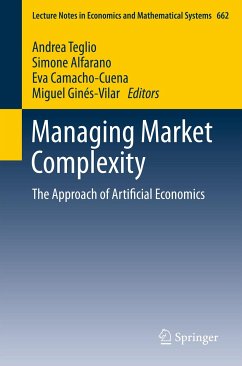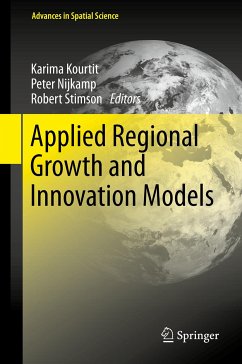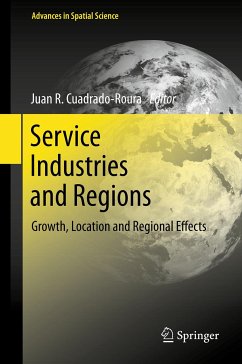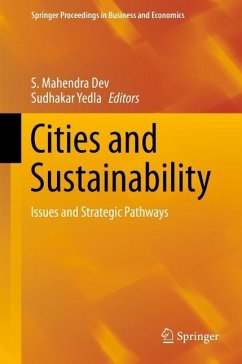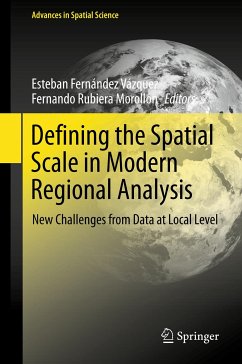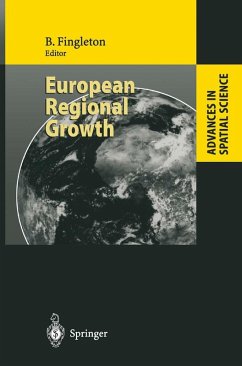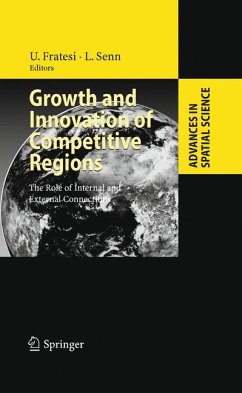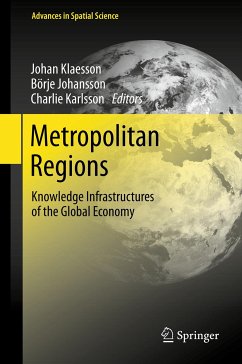
Employment Location in Cities and Regions (eBook, PDF)
Models and Applications
Redaktion: Pagliara, Francesca; Wilson, Alan; Simmonds, David; De Bok, Michiel
Versandkostenfrei!
Sofort per Download lieferbar
72,95 €
inkl. MwSt.
Weitere Ausgaben:

PAYBACK Punkte
36 °P sammeln!
The focus of this book is the modeling of the location of economic activities, measured in terms of employment, in land-use and transportation systems. These measures are key inputs to models at intra-urban scales of the flows of persons and goods for both urban and transport planning. The models described here are either components of comprehensive models or specialist studies. Economic activities can be defined in terms of jobs or private-sector firms and public service organisations. Different levels of aggregation are used both in terms of organisational and geographical dimensions. In the...
The focus of this book is the modeling of the location of economic activities, measured in terms of employment, in land-use and transportation systems. These measures are key inputs to models at intra-urban scales of the flows of persons and goods for both urban and transport planning. The models described here are either components of comprehensive models or specialist studies. Economic activities can be defined in terms of jobs or private-sector firms and public service organisations. Different levels of aggregation are used both in terms of organisational and geographical dimensions. In the case of firms and public organizations, a distinction can be made between the organizations themselves and corresponding establishments. For urban simulation models, it is the location of establishments that is important. At the more coarse levels of aggregation that are usually used in comprehensive models, firms and organizations are aggregated into sectors.
Dieser Download kann aus rechtlichen Gründen nur mit Rechnungsadresse in A, B, BG, CY, CZ, D, DK, EW, E, FIN, F, GR, HR, H, IRL, I, LT, L, LR, M, NL, PL, P, R, S, SLO, SK ausgeliefert werden.




